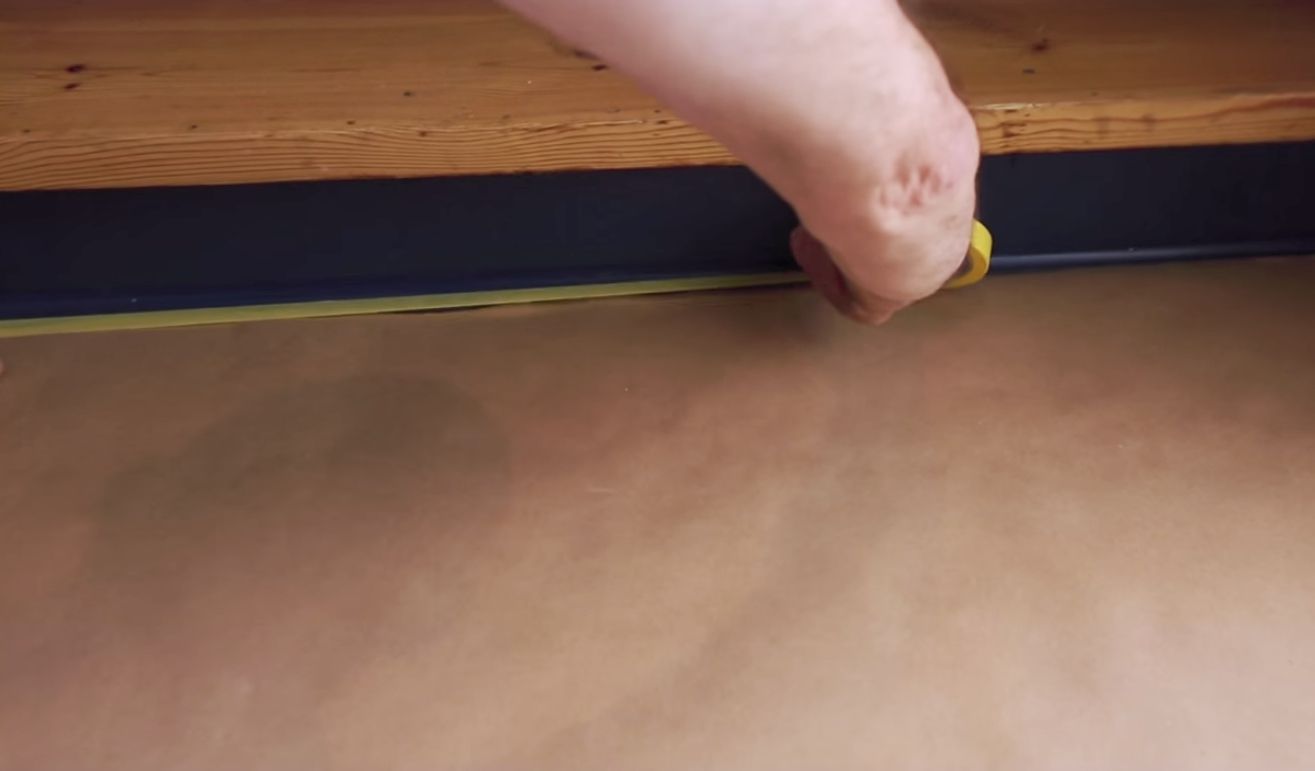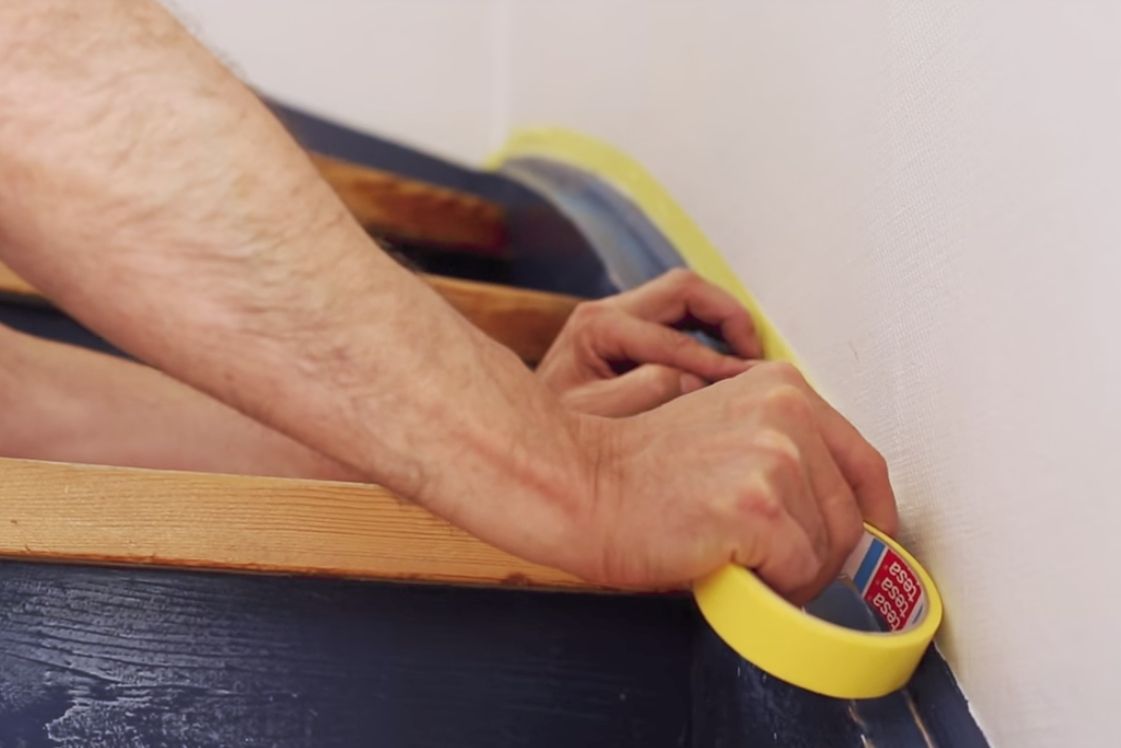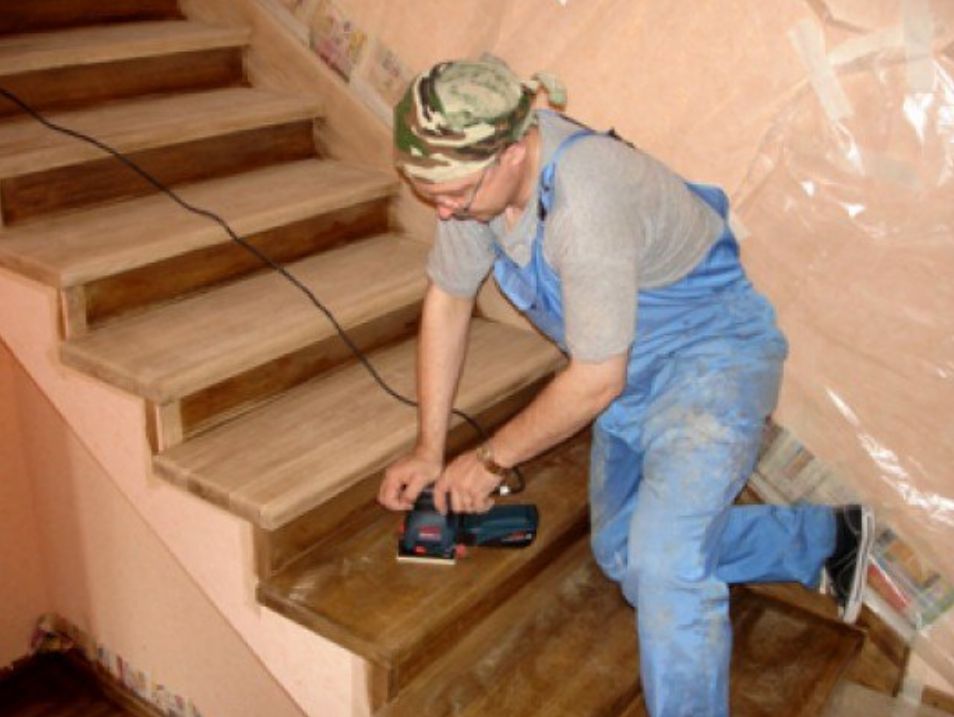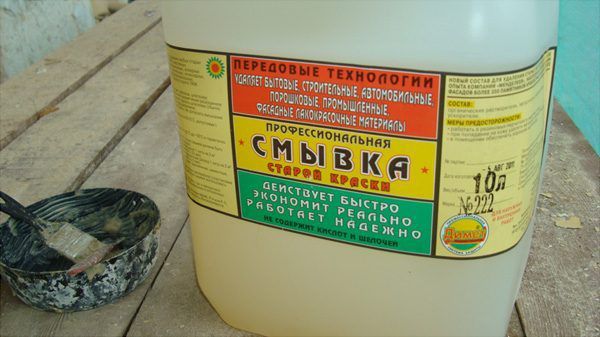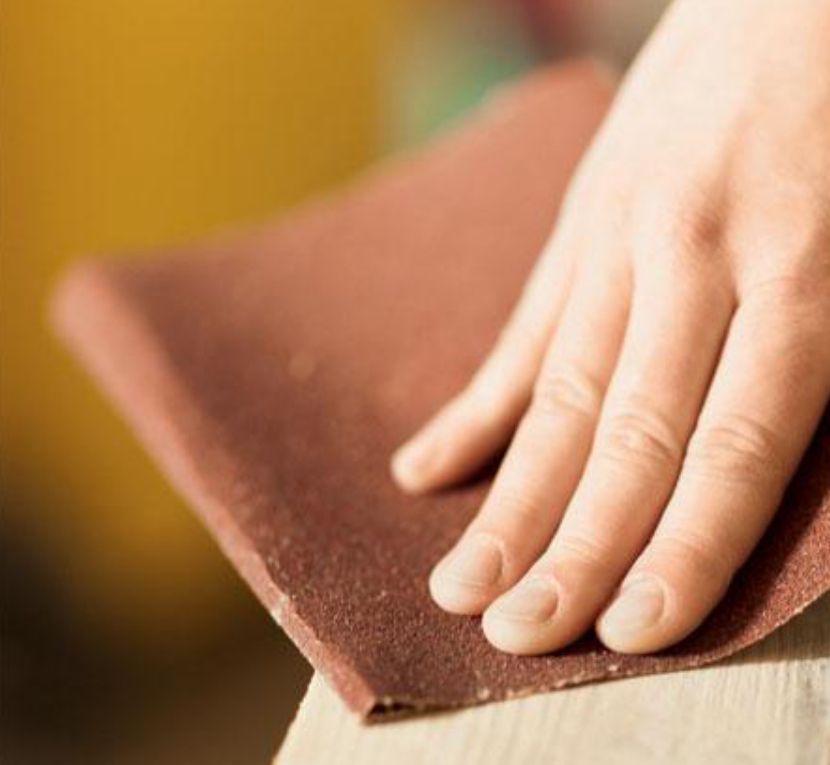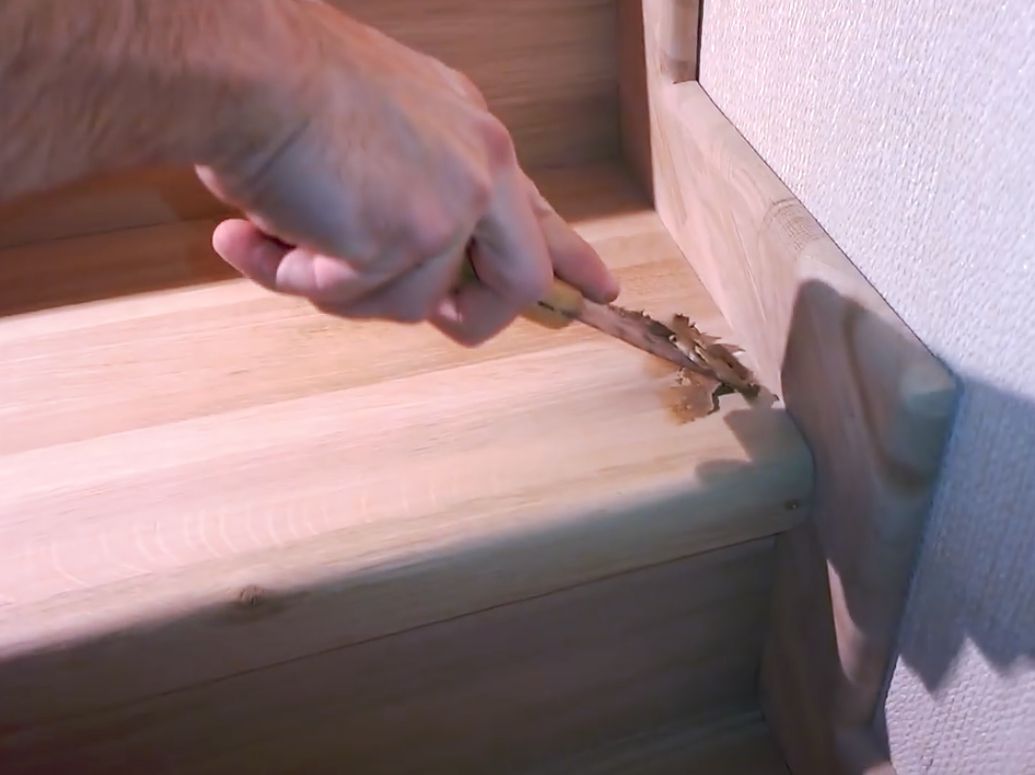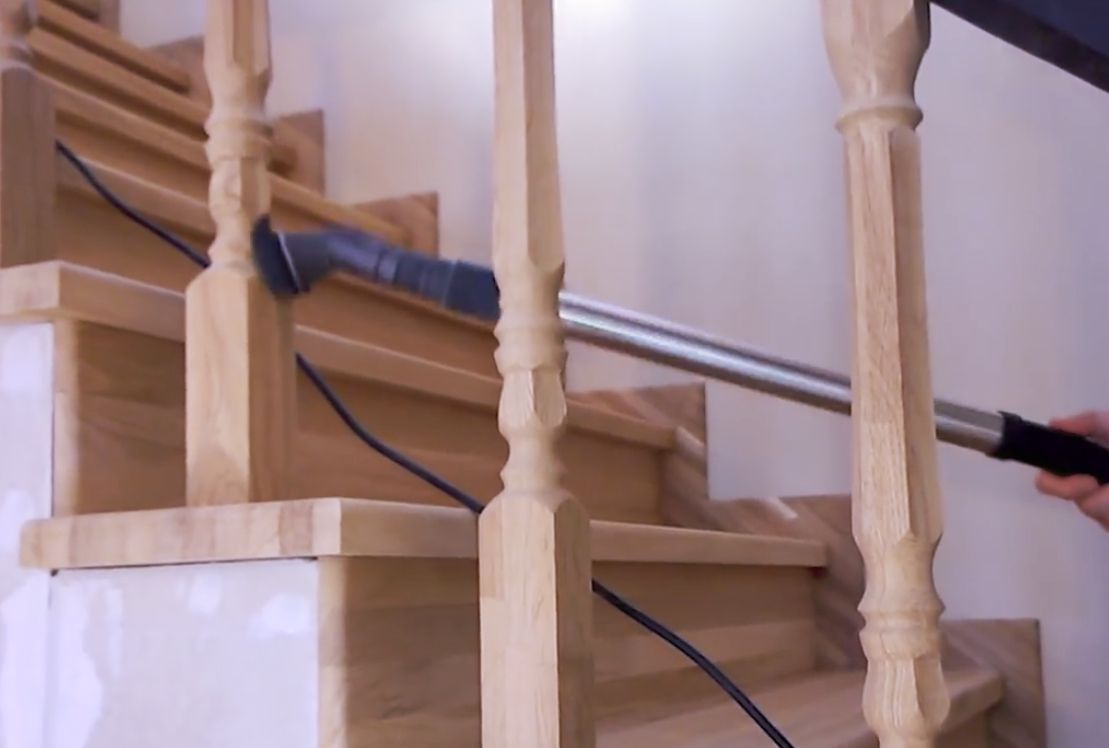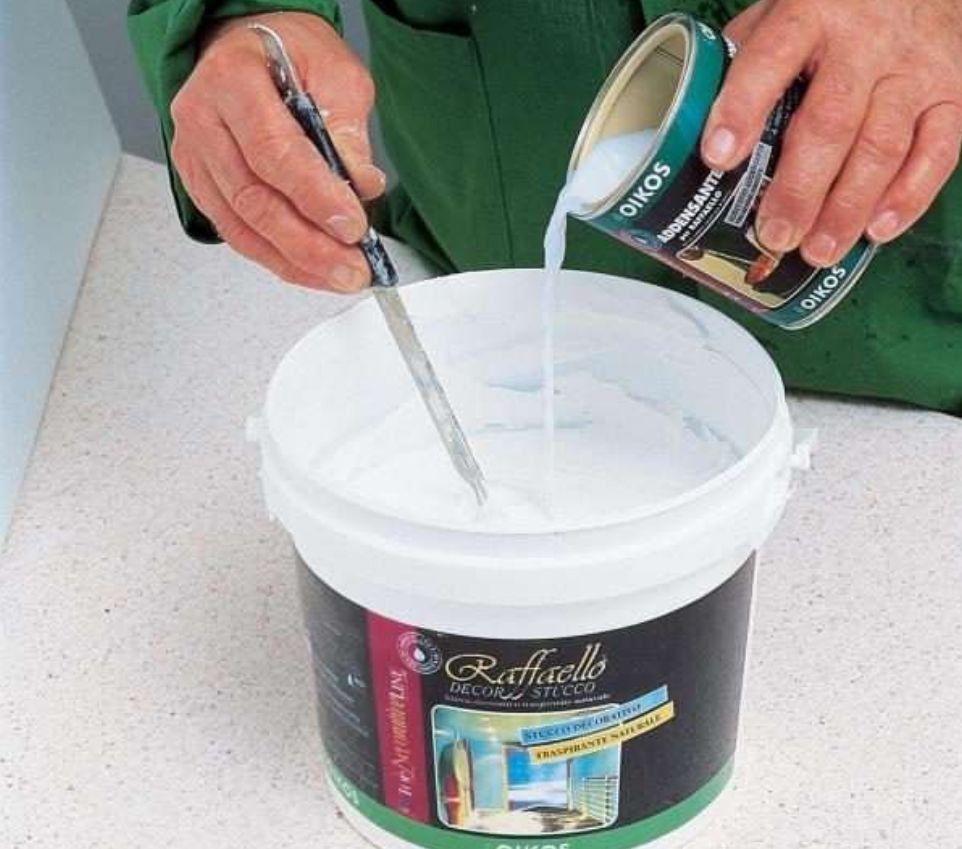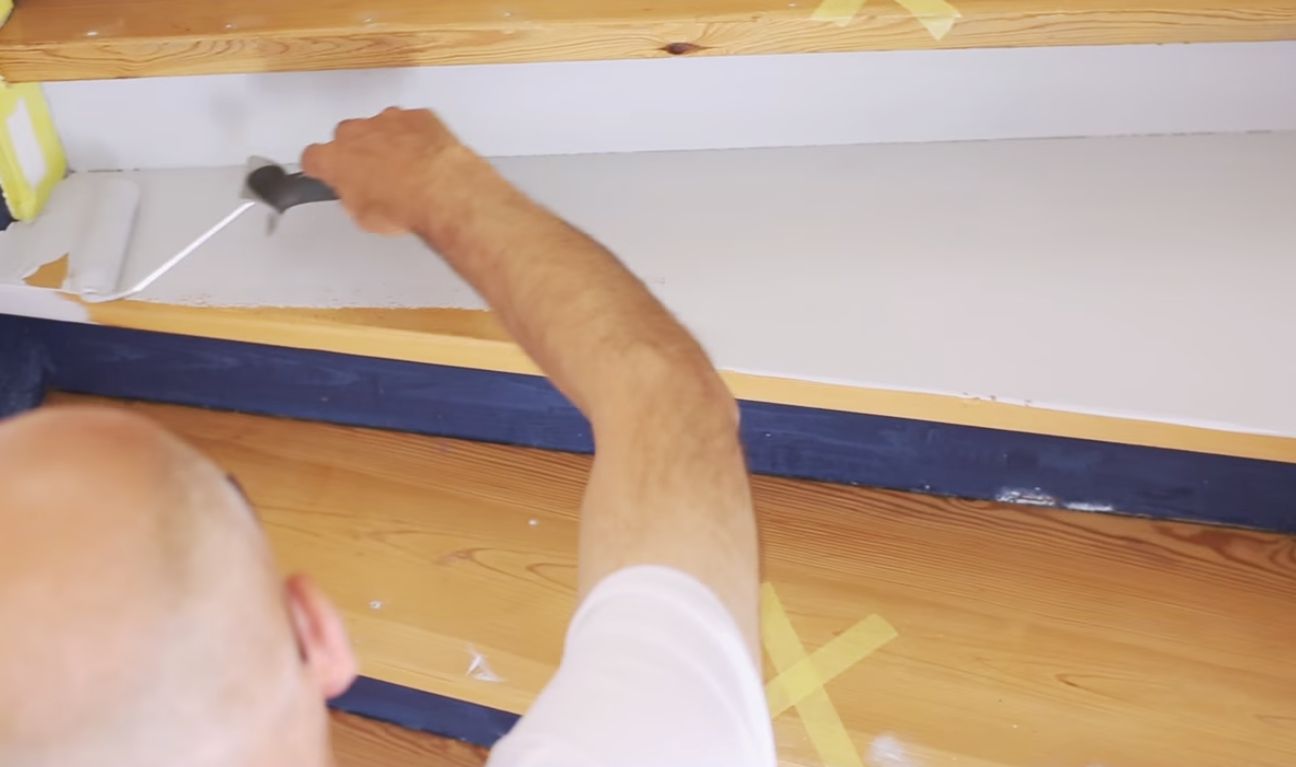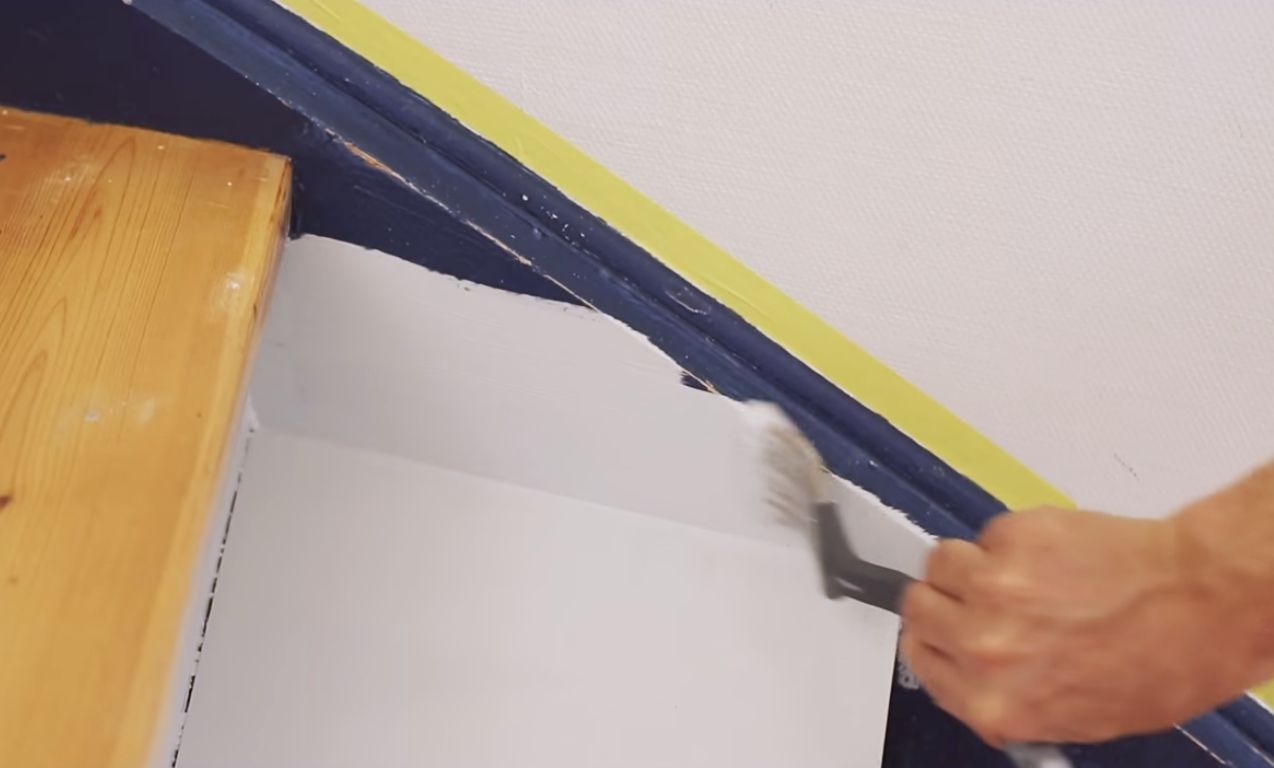How to paint a pine staircase in a house - we understand the materials and the technology of their application
At first glance, painting the stairs is nothing complicated - pick up a brush and paint. But in order for the design to serve as an interior decoration and remain beautiful for as long as possible, it is necessary to competently approach the choice of coating and apply it correctly. Therefore, further we want to tell you how to paint a pine staircase in a house, and how to do it right.
All existing paints that can be used for stairs are conventionally divided into two types:
- covering- cover the tree with an opaque film of a certain color, as a result of which its natural pattern is hidden;
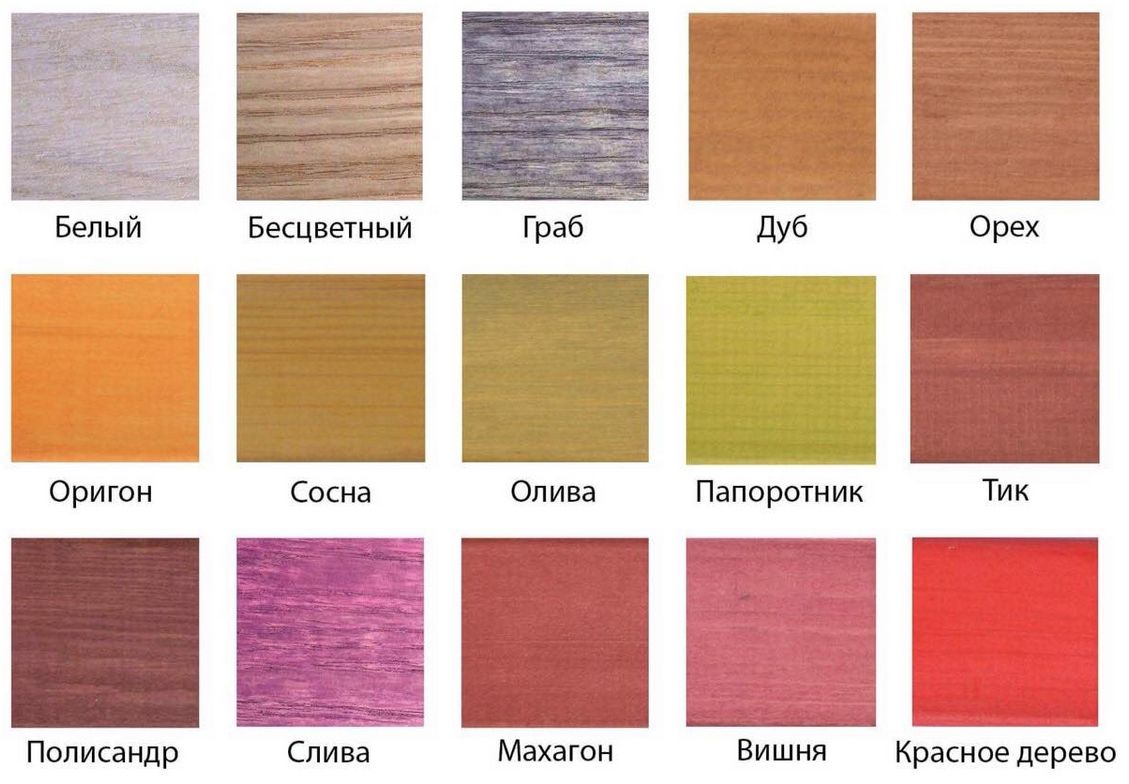
- Toning- these coatings preserve the pattern of the wood, but at the same time give the wood a certain color.
It must be said that absolutely transparent coatings are also used for, i.e. varnishes. Of course, our job is to paint the stairs, not varnish them. But, varnishes are often applied over the paint, which allows you to protect it from external influences and give it a deeper color.
Note! In some cases, the use of varnish is simply necessary, for example, if the stairs are covered with stain.
Choosing covering paints by composition
First of all, we note that pine does not have any features that greatly distinguish it from other types of wood. Therefore, when choosing how to paint a pine staircase, all existing wood paints can be considered as an option.
The most common and suitable for our purposes are the following compositions:
- Alkyd and alkyd-urethane;
- polyurethane;
- Water-dispersion;
- Oil.
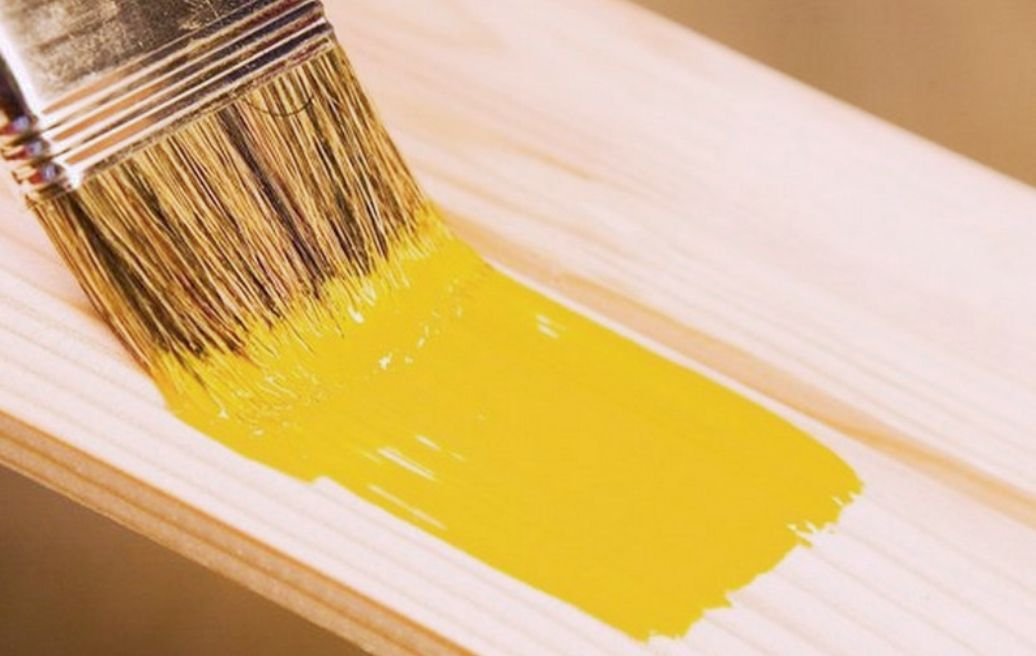
Alkyd and alkyd-urethane
These paints are made on the basis of alkyd resins. Alkyd-urethane coatings also contain polyurethane resins, which, according to the manufacturers of paints and varnishes (hereinafter referred to as LKM), improve the basic qualities of the paint.
True, in practice, the properties of the coating depend more on the quality of the alkyd paint, and not on the presence or absence of polyurethane resins in its composition. In other words, if you get a good, expensive alkyd paint from a reputable manufacturer, it will be better than a cheap urethane alkyd.
Note! All alkyd coatings contain organic solvents, as a result of which they have a pungent and toxic odor. Of course, after drying, this smell disappears.

Of the features of these compositions, the following points can be distinguished:
- They fit well on the surface and form an even glossy or matte film;
- Possess saturated color;
- Resistant to moisture, detergents and abrasion. Therefore, they can be used for painting steps and landings.
Of the minuses, one can single out the fact that over time these compounds fade in the sun and begin to crack. But, much, as we have said, depends on the quality of the coating. Therefore, if you do not save, the coating will last a long time.
In general, we can say that most often the coloring of pine stairs is carried out with these paints. Therefore, if you do not have any special requirements for paintwork, for example, saving a tree pattern, then you can stop there.
Polyurethane
If you are looking for how to paint a staircase in a pine house so that you can forget about this procedure for many years, use polyurethane paint. It is a two-component coating, therefore it belongs to professional coatings.
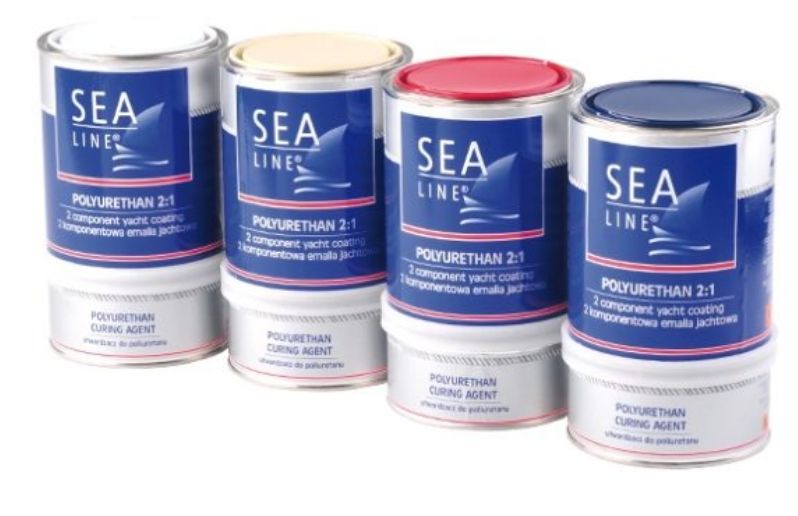
Among the advantages of polyurethane paints, the following points can be distinguished:
- Resistance to mechanical stress, including abrasion;
- Resistance to UV radiation;
- Excellent adhesion;
- Durability;
- It fits well on the surface, forming an even film;
- Has rich color.

The disadvantages include a fairly high price. In addition, as we have already said, the coating is two-component, i.e. before use, the paint components must be mixed in certain proportions, so it is not as convenient to use as ready-made one-component formulations.
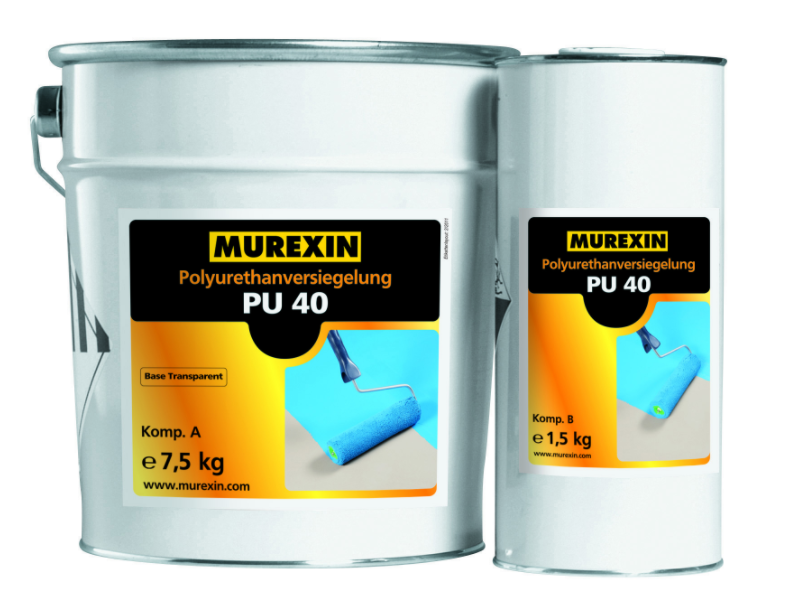
Water-dispersion
These paints and varnishes are made on the basis of acrylate resins and their modifications. The most important feature of these coatings is that they do not contain organic solvents, unlike all of the above analogues. These coatings represent an aqueous dispersion failure.
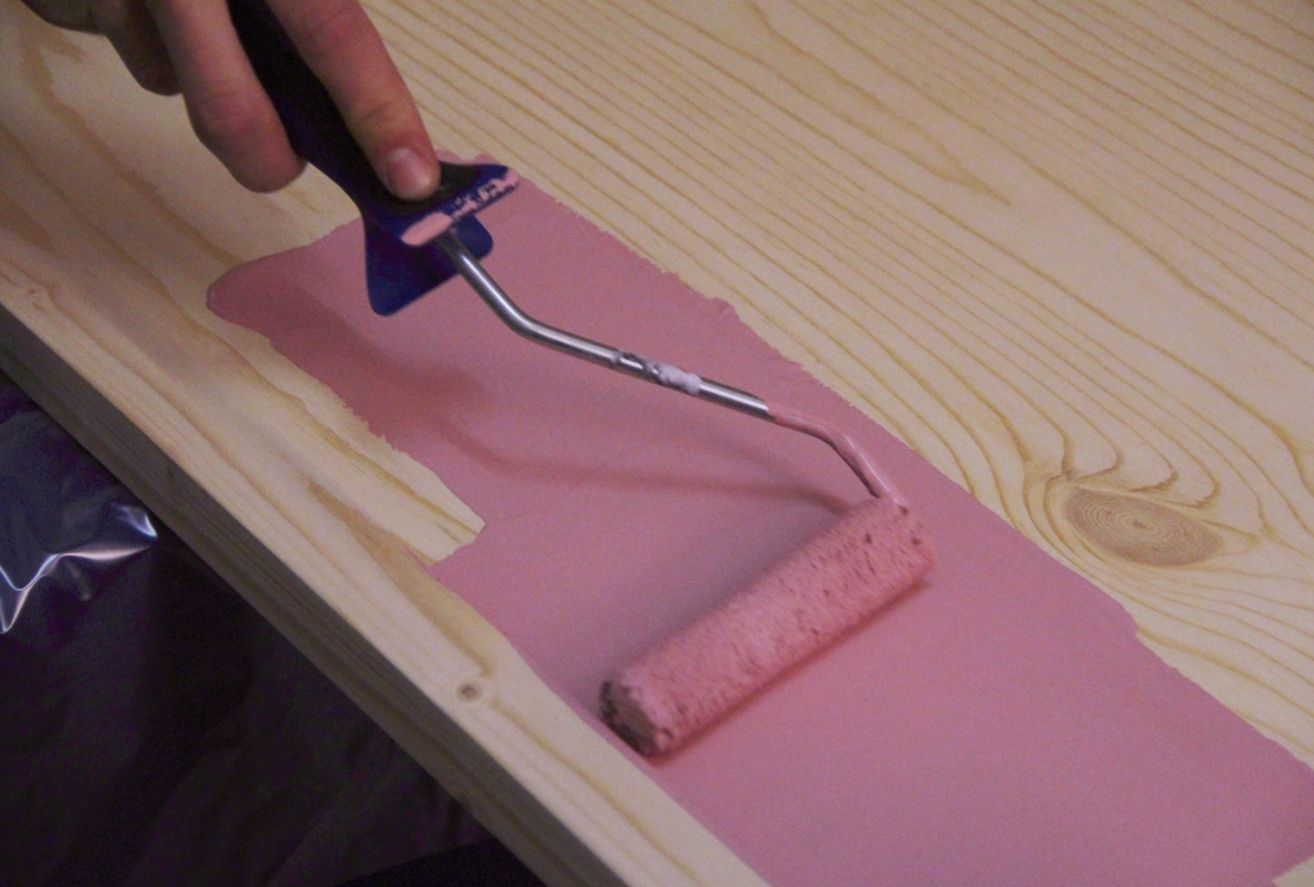
In other words, undissolved polymer particles form a suspension in water. After applying the paint to the surface, the water evaporates, and the acrylate resins polymerize and form a film on the surface, which can be either water-soluble or waterproof, depending on the type of paint.
Advice! For stairs, it is necessary to use waterproof paint, as the structure will often be subjected to wet cleaning.
Among the features of these coatings, the following points can be distinguished:
- They form a thin film on the surface, as a result of which they can preserve the texture of wood, even if it is weakly expressed, not to mention brushing;
- Dries quickly. As soon as the water evaporates, the coating immediately polymerizes;
- Has no smell.
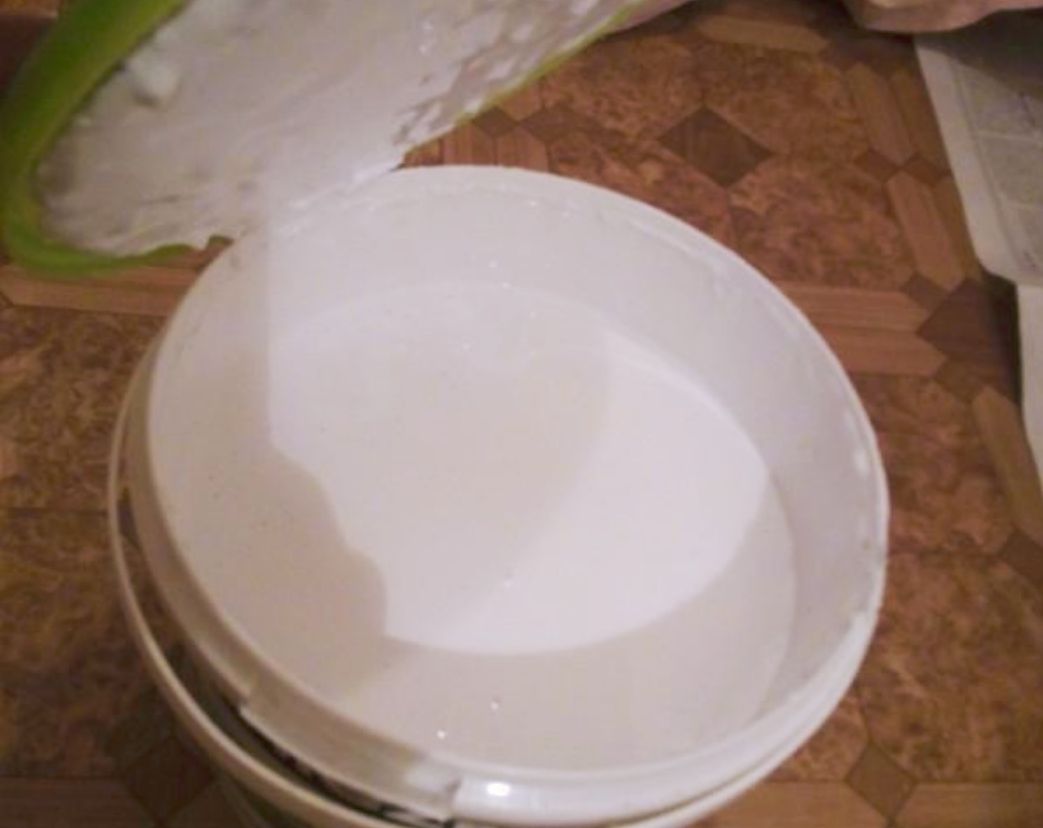
Disadvantages of water-dispersion coatings also exist:
- Abrasion resistance;
- High cost, especially for high-quality waterproof paints.
Therefore, water-dispersion compositions are not very suitable for painting steps and landings. Of course, you can paint with them, but you will have to update the coating a little more often than in the case of using other analogs described above.
Oily

These paints have rarely been used recently, since their properties are significantly inferior to more modern coatings, which we have already talked about. Visually, they resemble alkyd paints, but they are inferior to them in terms of durability.
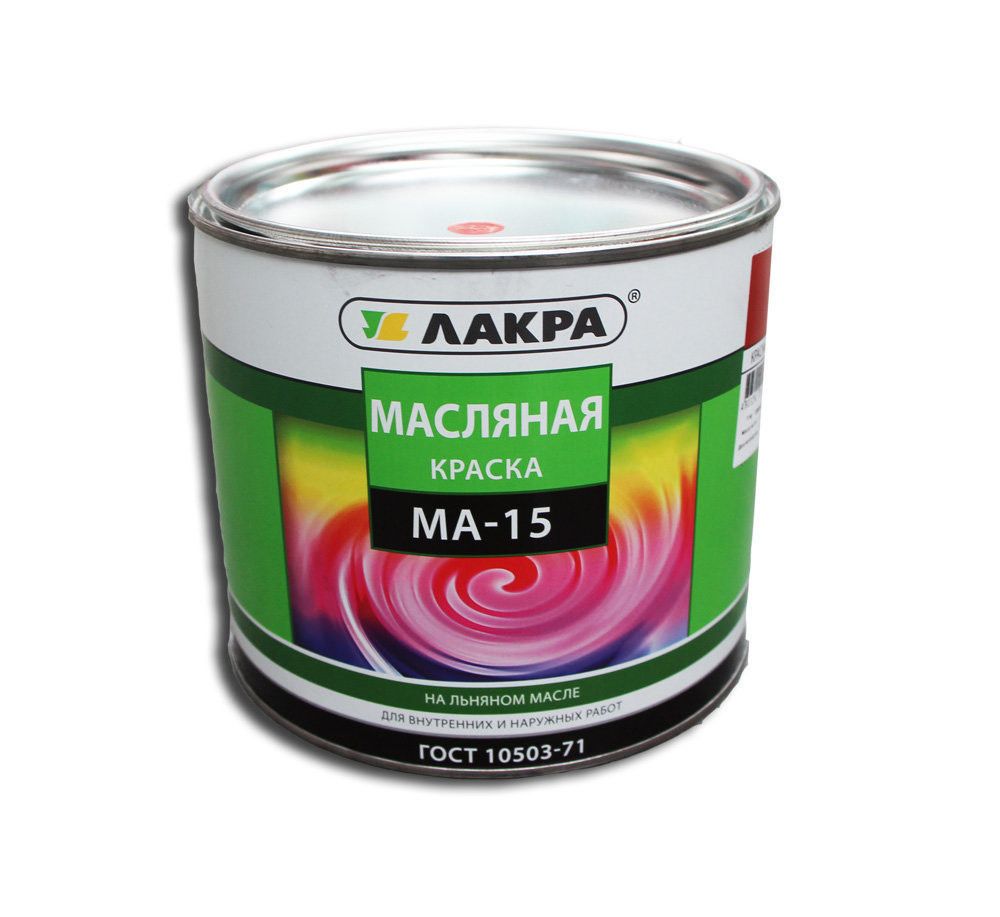
Their main advantage is their low cost. Therefore, if you want to restore the staircase with your own hands at minimal cost, for example, in the country, you can also use oil paint.
Choosing tinted paints
Tinting paints can be divided into two types:
- impregnation;
- Azure.
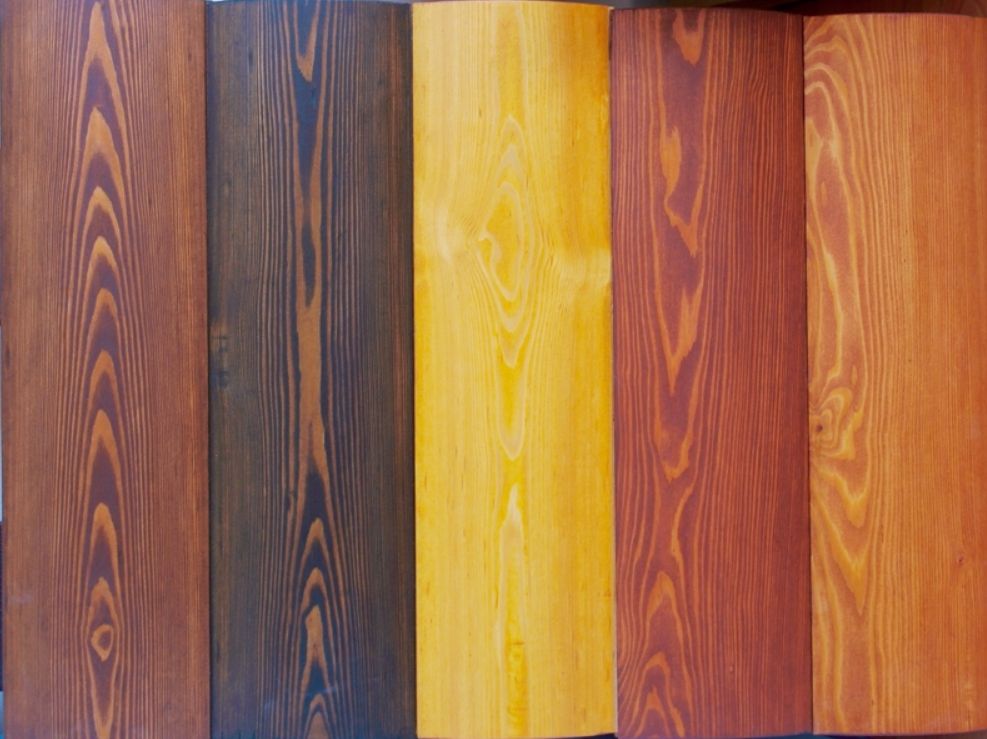
Impregnation
Impregnations include stains and other compounds that, unlike paints, do not form a film on the surface, but are absorbed into the structure of the tree, coloring the fibers.
According to the method of application of impregnation, it can be conditionally divided into two types:
- Finishing- do not require additional coverage. These include all kinds of compositions based on wax and oil;
- Requiring additional coverage- a transparent varnish is usually applied over such impregnations. Such compositions include stains.
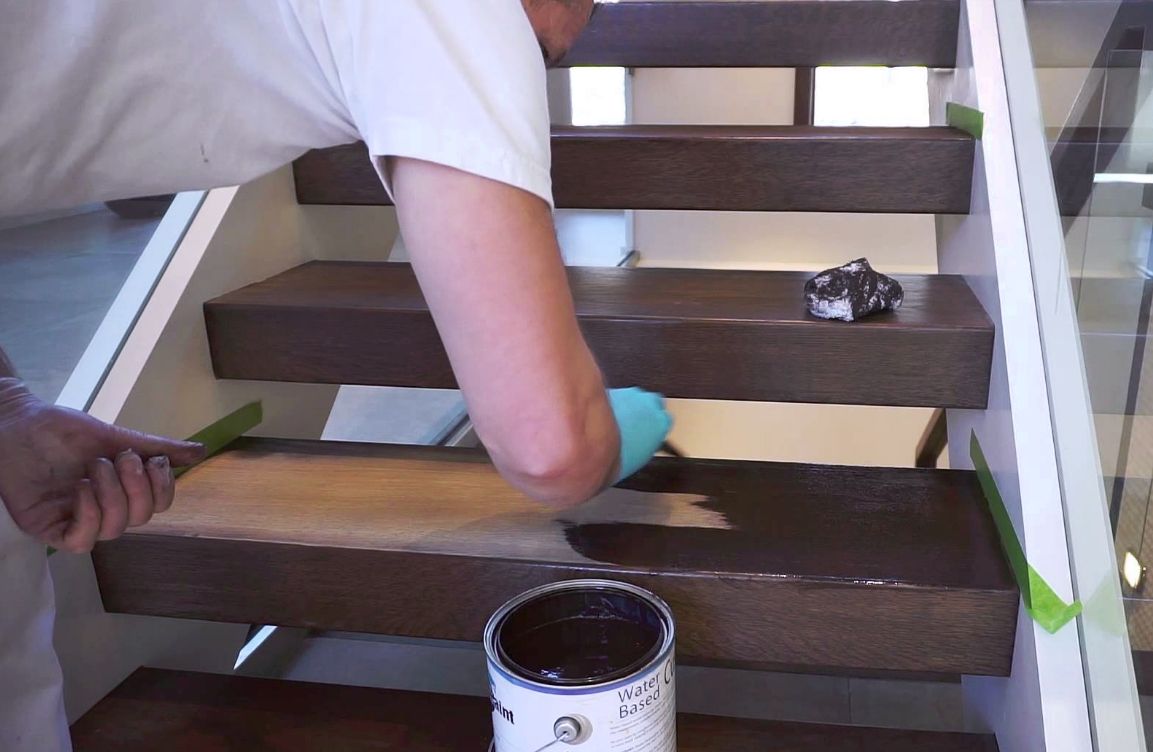
Separately, it should be said about modern stains, which allow you to reliably imitate various types of wood. With their help, you can turn pine into mahogany or, for example, bleached oak.
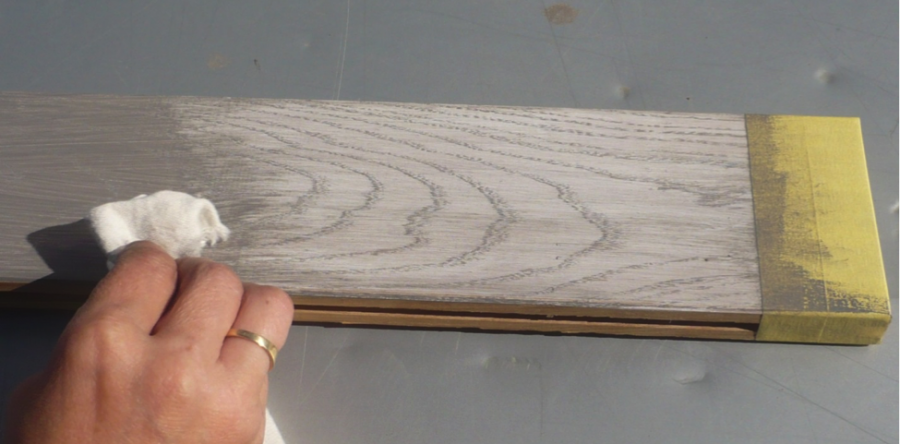
Azure
Azures, or glazing paints, are a composition based on varnish and pigments. In other words, these are translucent paints.

Since these coatings have the same composition as covering paints, they also have the same properties. Therefore, there is nothing more to say about them.
Lucky
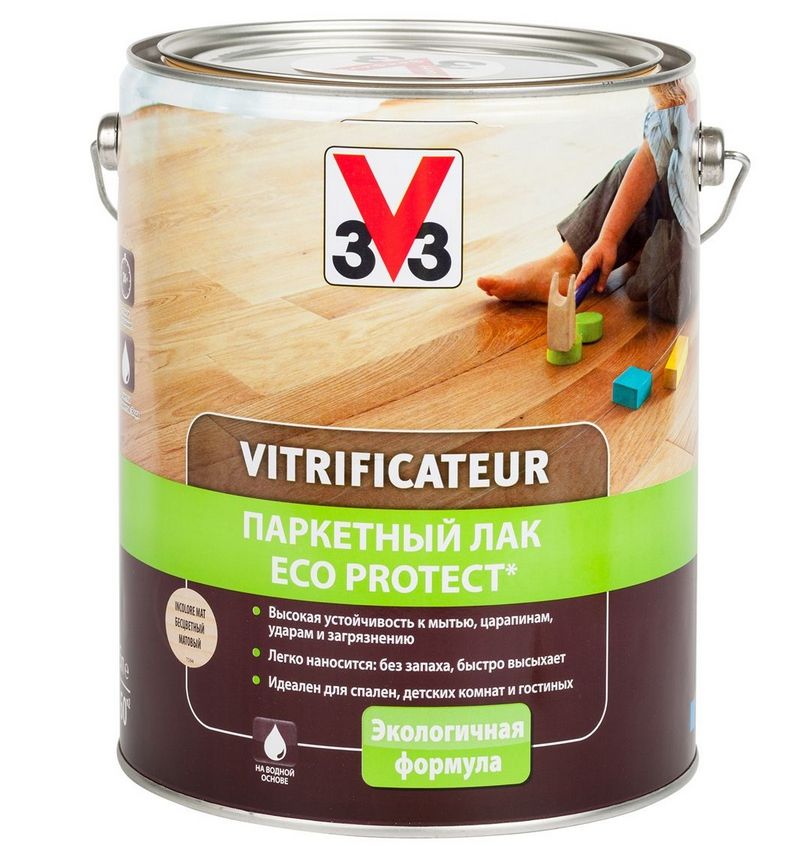
With regard to the choice of transparent coatings, parquet varnish is the optimal solution. It is resistant to abrasion, is not afraid of washing and exposure to sunlight.
You can also use yacht varnish. Unlike parquet, it can be used both indoors and outdoors.
In other words, the varnish tolerates weather and low temperatures well. Therefore, for processing stairs in country houses that are visited seasonally or from time to time, it is even more preferable than a parquet counterpart.
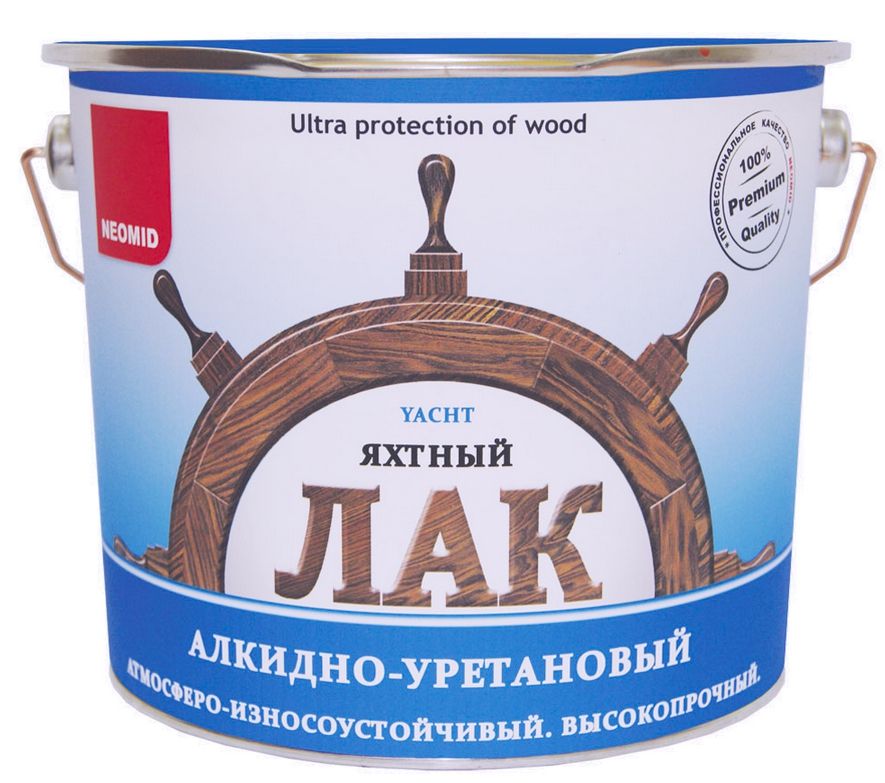
Painting technology
So, we figured out the types of paintwork materials. Now let's look at how to properly paint a pine staircase. After all, if you perform this procedure in violation of technology, even the most expensive and high-quality paint will not give the desired result.
As we have already said, pine does not have any features in terms of applying coatings. Therefore, the work is carried out in the same way as painting stairs made of larch, spruce, oak or any other species.
It includes several stages:
- Preparation of working equipment;
- Stair preparation;
- Painting.
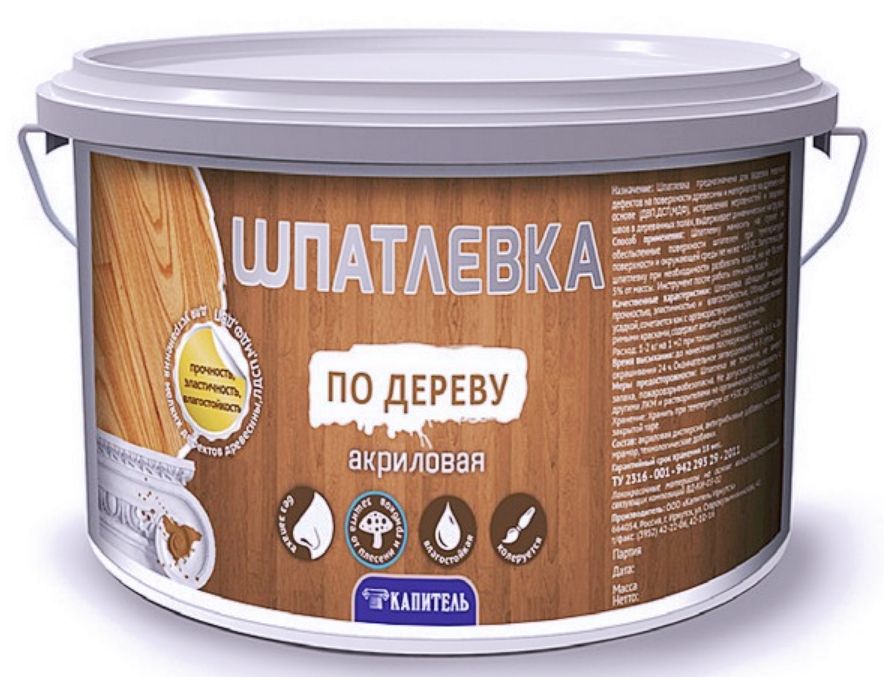
Preparation of work equipment
In addition to the paint itself, you need to prepare the following materials:
- putty on wood;
- masking tape;
- Plastic wrap or newspapers;
- Wash.
Note! If you have a building hair dryer, a wash is not needed.
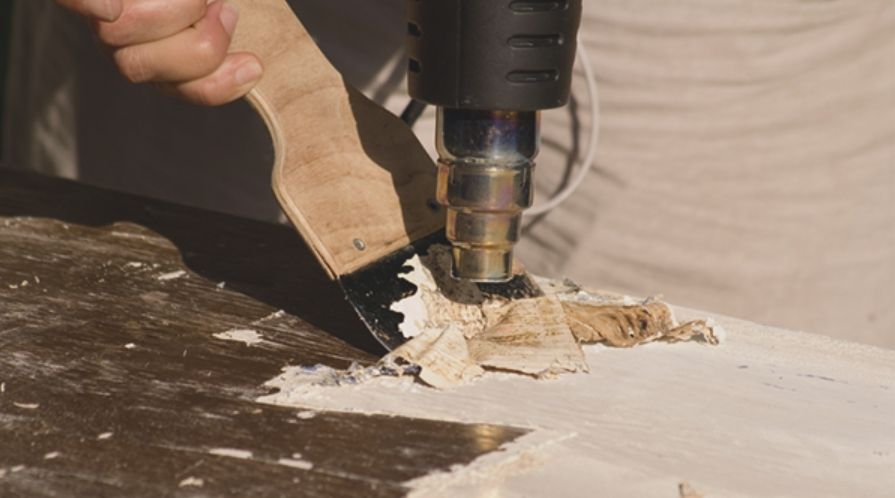
You will also need some tools:
- Paint brush and roller;
- Roller tray;
- Putty knife;
- Sandpaper;
- grinder;
- A vacuum cleaner.
Stair preparation
Before you paint a pine staircase, you need to prepare it. Please note that the quality of painting depends on the preparation, so take this step responsibly.
Preparation involves the following steps:
| Illustrations | Actions |
|
|
Cover the floor around the stairs with plastic or paper. |
|
|
Seal the places where the stairs adjoin the wall with masking tape so as not to stain the walls during work. |
|
|
If you are going to paint a staircase that has already been in use, it is probably covered with old varnish or paint. It is desirable to remove this coating completely. It is very difficult and long to erase it with sandpaper, so it is better to use:
|
|
|
A hair dryer allows you to heat the coating and then easily remove it with a spatula. The wash is applied to the surface for a while and dissolves the old paint, after which it is also removed with a spatula.
|
|
|
If you are sure that the old paint is firmly attached to the base and will not peel off in the near future, just rub it with sandpaper until a matte surface appears. |
|
|
All cracks on the surface of the product, as well as gaps between parts and chips must be filled with putty. Apply the composition with a narrow spatula and level the surface. After the putty has hardened, do not forget to clean it with the same spatula or sandpaper with a fine abrasive.
|
|
|
Upon completion of the preparatory work, be sure to vacuum all surfaces of the stairs, as dust and small debris can cancel out all the work done. |
Advice! Upon completion of the preparatory work, try to immediately start painting so that the surface does not have time to become covered with dust.
Painting
Instructions for painting the stairs are as follows:
| Illustrations | Actions |
|
|
Work should begin with the preparation of LKM. Too thick paint must be diluted with a solvent that is selected individually for the type of paint, for example, water-dispersion paints are diluted with clean water. Then the composition must be thoroughly mixed. To give the coating a certain color or shade, add color to it. Keep in mind that not all colors can be tinted. Manufacturers usually report this possibility on the packaging. Color, like a solvent, is selected individually. Pour the finished paint in a small amount into a flat container. The preparation of varnish is carried out in exactly the same way. |
|
|
Start painting with railings. Most often, a clear varnish is used for railings. Apply it with a brush in a thin even layer. Then wait for it to dry completely and repeat the procedure again. |
|
|
When the railings are painted, proceed to the rest of the surfaces of the stairs. Paint the design from top to bottom. Start by painting large areas with a roller. Dip the tool in the paint and squeeze lightly to keep the paint from dripping. Then roll out the roller on the surface. |
|
|
Treat hard-to-reach areas with a paint brush. In this manner, paint the stairs completely. After the coating has hardened, repeat the procedure at least one more time. If you are using water-dispersion paint, it is advisable to apply it in three layers. |
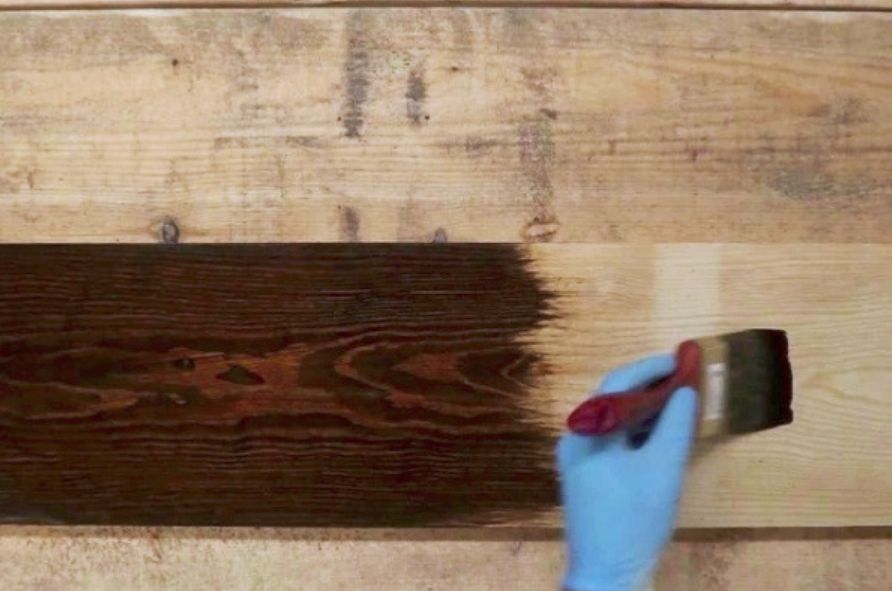
I must say that the impregnation technique is somewhat different from conventional painting, since the composition is not just applied, but rubbed into the surface. Therefore, when applying it, you need to make multiple circular and longitudinal movements. With ordinary painting, you need to try, on the contrary, not to run the tool twice over the painted surface.
Output
That's all we wanted to tell you about how to paint a pine staircase with your own hands, and how to do it right, so that the result, as they say, "pleasing to the eye." Finally, be sure to watch the video in this article and thereby consolidate the information received.
What else to read
THE LAST NOTES
- DIY rocking chair (59 photos): drawings, convenient options, tips for creating
- Cover for a chair with a backrest with your own hands - patterns plus fantasy
- DIY rocking chair: materials and drawings with dimensions
- Do-it-yourself bumpers in the crib: a manifestation of parental love and care
- An excellent design solution to make a built-in wardrobe from hl

